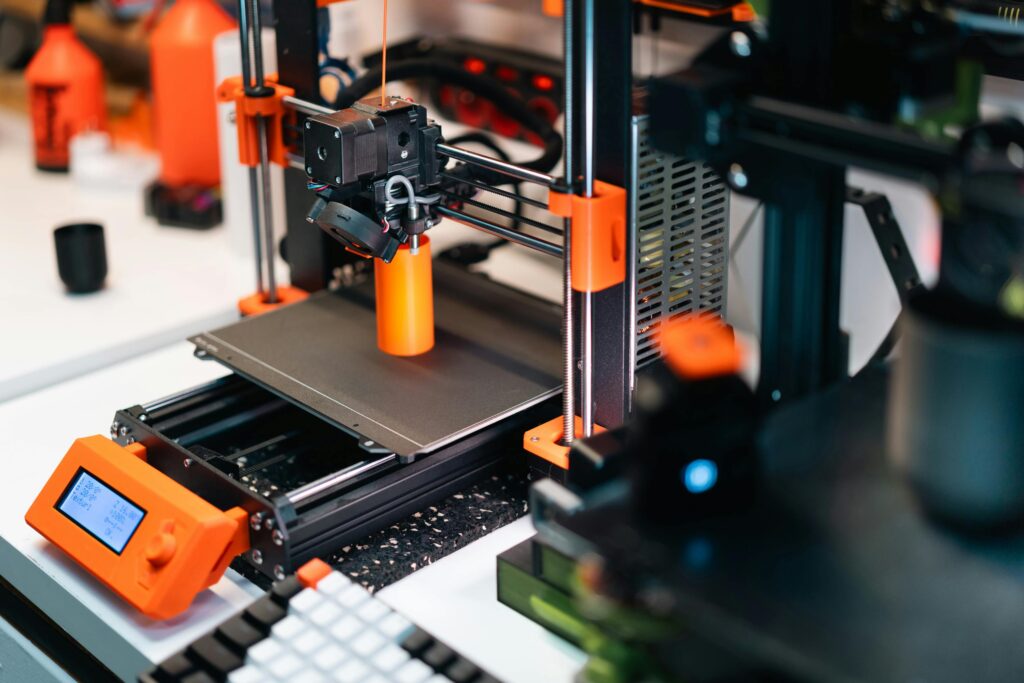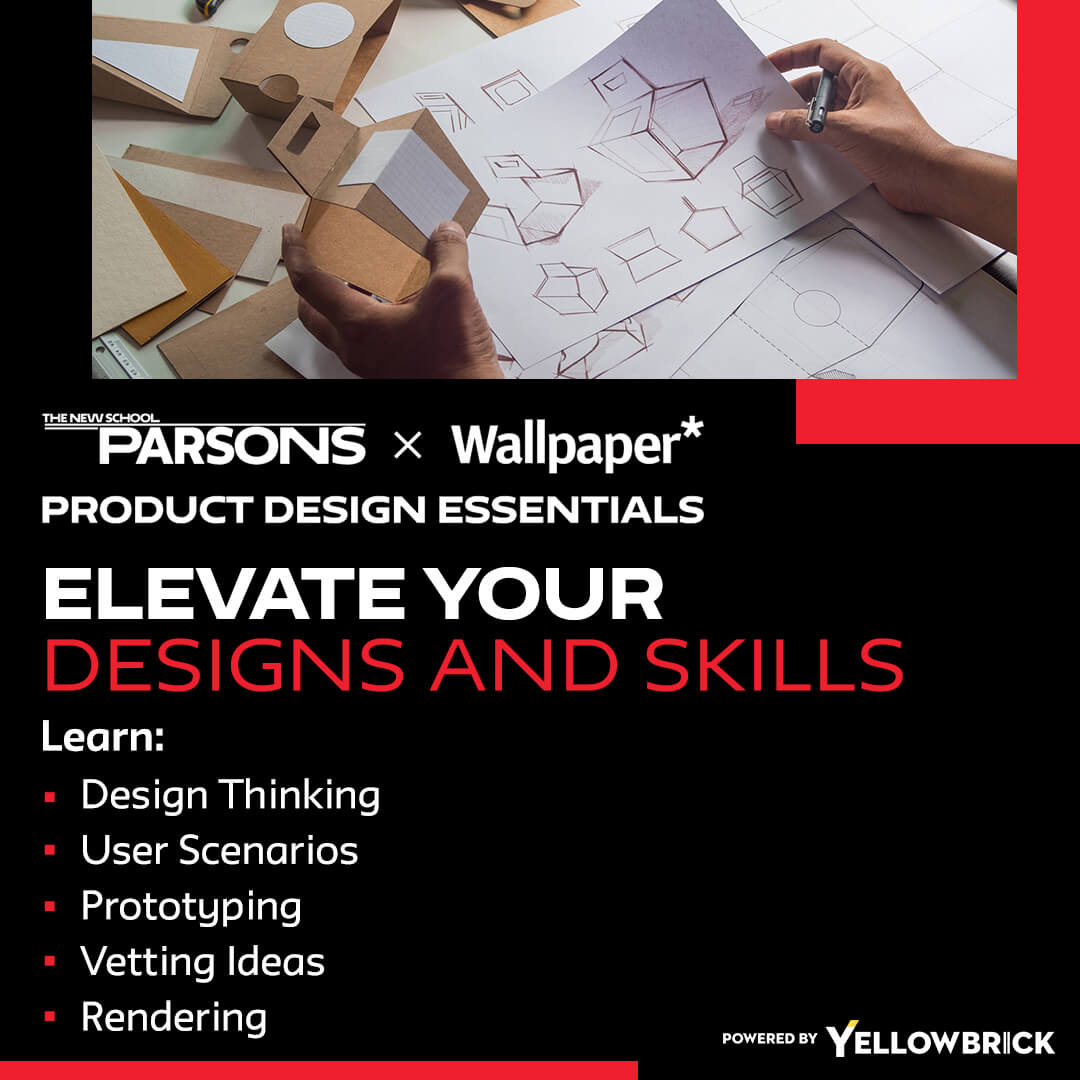Sustainability and Eco-Friendly Design
With a growing emphasis on environmental conservation and sustainability, product designers are increasingly incorporating eco-friendly materials and practices into their designs. From biodegradable packaging to energy-efficient products, sustainability is a key trend driving innovation in product design.
Minimalism and Simplified Design
The trend towards minimalism and simplified design continues to gain traction in the product design industry. Clean lines, uncluttered layouts, and intuitive user interfaces are all elements of minimalist design that prioritize functionality and aesthetics.
Augmented Reality (AR) and Virtual Reality (VR) Integration
AR and VR technologies are revolutionizing the way products are designed and experienced. Product designers are leveraging AR and VR tools to create immersive prototypes, conduct virtual testing, and enhance user engagement through interactive experiences.
Biophilic Design and Nature-Inspired Elements
Biophilic design, which integrates natural elements and patterns into product design, is a trend that promotes a connection to nature and enhances user well-being. From organic shapes to sustainable materials, biophilic design fosters a sense of harmony between products and their environment.
Personalization and Customization
In an era of personalized experiences, product designers are focusing on creating customizable products that cater to individual preferences and needs. Personalization tools, such as configurators and modular design options, allow users to tailor products to their unique requirements.
Emotional Design and User-Centricity
Emotional design emphasizes the importance of creating products that evoke positive emotions and resonate with users on a personal level. By prioritizing user-centricity and empathetic design practices, product designers can forge deeper connections with their target audience.
Smart and Connected Products
The rise of the Internet of Things (IoT) has led to a surge in smart and connected products that enhance convenience, efficiency, and connectivity. Product designers are integrating IoT technologies into their designs to create seamless, interconnected experiences for users.
Adaptive and Inclusive Design
Adaptive and inclusive design focuses on creating products that are accessible to users of all abilities and backgrounds. By considering diverse user needs and incorporating inclusive design principles, product designers can ensure that their products are usable and inclusive for everyone.
Artificial Intelligence (AI) in Design
AI is transforming the product design process by enabling predictive analytics, generative design solutions, and automated workflows. Product designers are harnessing the power of AI to optimize design iterations, streamline processes, and unlock new possibilities in creativity.
Collaborative Design and Co-Creation
Collaborative design approaches, such as co-creation workshops and participatory design sessions, are becoming increasingly popular in the product design industry. By involving end-users, stakeholders, and multidisciplinary teams in the design process, product designers can foster innovation and co-create solutions that meet diverse needs.
Conclusion
As we delve into the realm of product design trends, it’s evident that the industry is evolving rapidly to embrace innovation, sustainability, user-centricity, and technological advancements.
Key Takeaways:
- Sustainability is driving the use of eco-friendly materials and energy-efficient product designs.
- Minimalism emphasizes clean, functional, and visually uncluttered design solutions.
- AR and VR tools are transforming product prototyping, testing, and user engagement.
- Biophilic design incorporates natural elements to enhance user well-being and environmental harmony.
- Personalization enables customizable products tailored to individual preferences.
- Emotional design focuses on creating user connections through positive experiences.
- Smart and connected products leverage IoT for seamless, efficient, and convenient usage.
- Adaptive and inclusive design ensures accessibility for users of all abilities and backgrounds.
- AI in design streamlines workflows, optimizes iterations, and sparks creative possibilities.
- Collaborative design fosters innovation by engaging users, stakeholders, and multidisciplinary teams.
To further enhance your knowledge and skills in product design, consider enrolling in the Parsons Product Design Essentials online course and certificate program offered by Yellowbrick. This program can provide you with valuable insights and practical knowledge to excel in the ever-evolving field of product design.








